Once a symbol of freedom and power on the brink of vanishing, the bald eagle’s triumphant return is a story of resilience and determination. This mighty bird, which graces the Great Seal of the United States, faced severe threats throughout the 20th century. It’s a narrative of recovery driven by legislative acts, conservation efforts, and public awareness. Let’s unfold the incredible journey of how the bald eagle soared from the edge of extinction back to flourishing skies.
Understanding the Bald Eagle’s Plight

Detail of the head of the 22-year-old Bald eagle. Image via Depositphotos.
The bald eagle’s population decline was alarmingly steep through much of the last century. Specifically, by the 1960s, their numbers had dwindled dramatically, primarily due to human activities. The widespread use of pesticides like DDT, hunting, and habitat destruction played pivotal roles in pushing these iconic birds toward extinction.
The Impact of DDT on the Bald Eagle
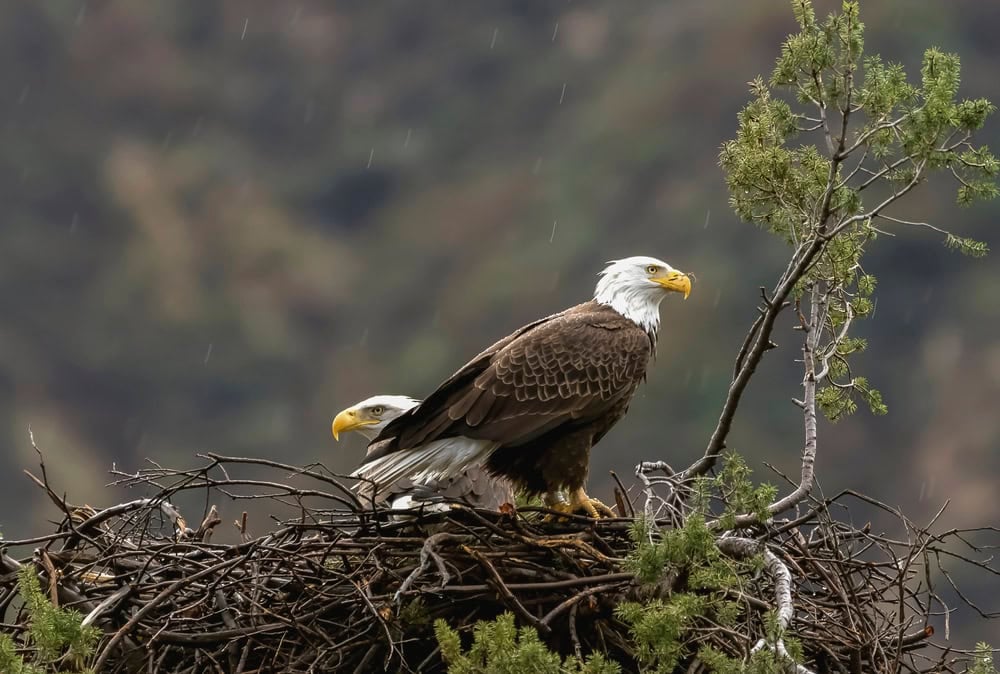
The chemical DDT, celebrated initially for its pest-control properties, had disastrous consequences for bald eagles. It entered the water system, ultimately affecting fish populations—one of the primary food sources for the eagles. When consumed, DDT caused the thinning of eggshells, leading to decreased hatching rates, which was a devastating blow to the eagle population.
Conservation Legislation The Turning Point

The passage of the Bald and Golden Eagle Protection Act in 1940 marked America’s early legislative efforts to protect these birds. This act prohibited both direct harm and disturbances to the eagle’s habitat. However, it was the later bans on DDT, spurred by environmental movements and public outcry, that catalyzed the bald eagle’s resurgence.
The Banning of DDT
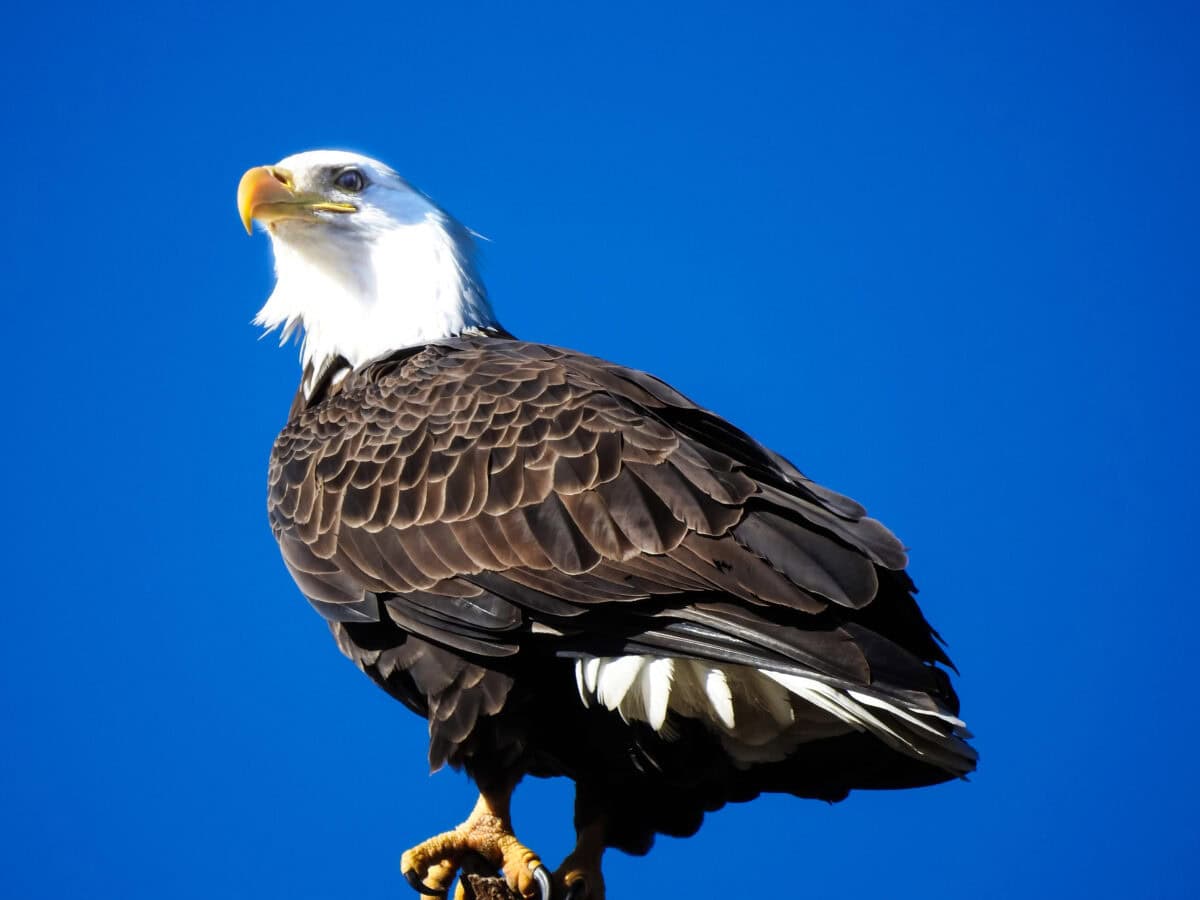
Fueled by the powerful exposé in Rachel Carson’s 1962 book “Silent Spring,” the detrimental environmental impacts of DDT became a public concern. Ultimately, the Environmental Protection Agency banned DDT in 1972. This decisive move allowed ecosystems to gradually recover, benefiting the bald eagle population significantly.
Habitat Protection and Restoration

Efforts to restore and protect nesting habitats became crucial facets of the bald eagle’s recovery strategy. Conservationists worked tirelessly to safeguard vital areas from development, ensuring that these birds could safely reproduce and thrive.
Breeding Programs and Monitoring

Captive breeding programs were implemented to aid population recovery, while monitoring practices helped track eagle numbers and health. Nest cameras and satellite tracking offered insight into these majestic birds’ lives, enabling scientists to better understand and support their needs.
Public Education and Awareness
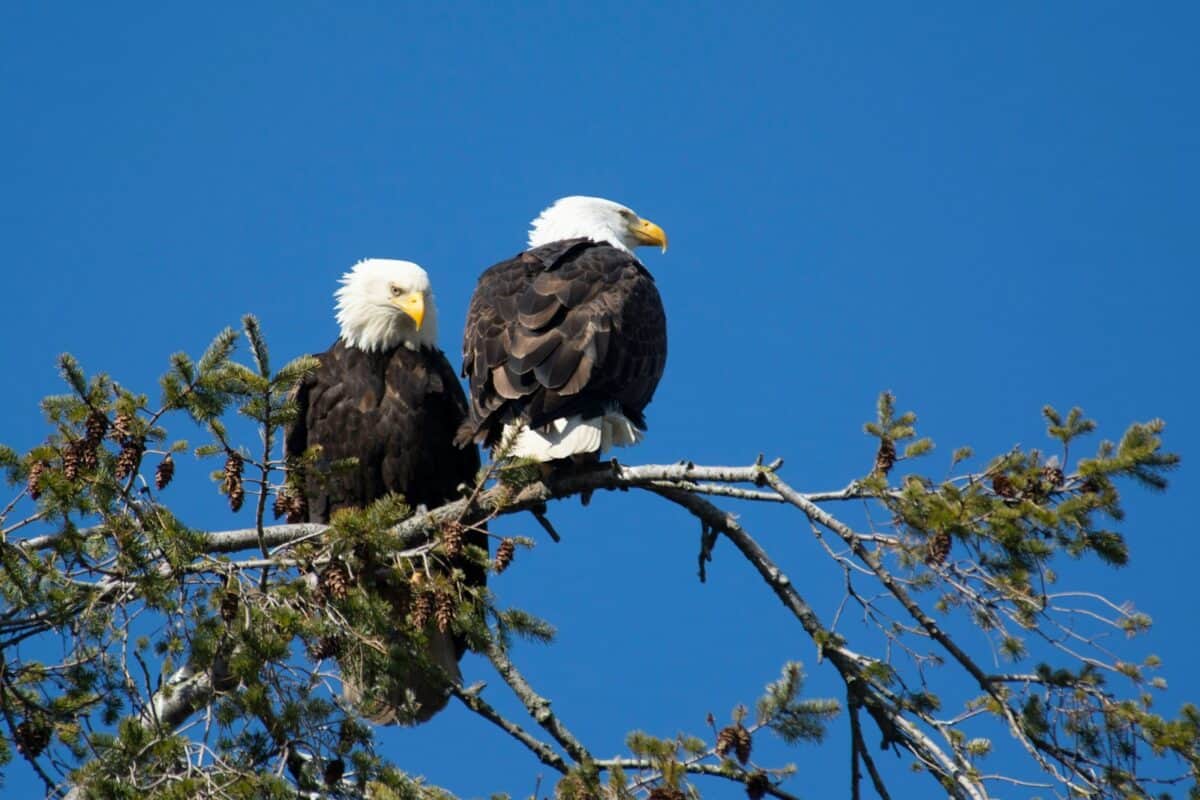
Public education played a pivotal role in changing perceptions about the bald eagle. Misconceptions about these birds being threats to livestock were debunked, garnering greater public support and understanding for their conservation.
Collaboration Across States
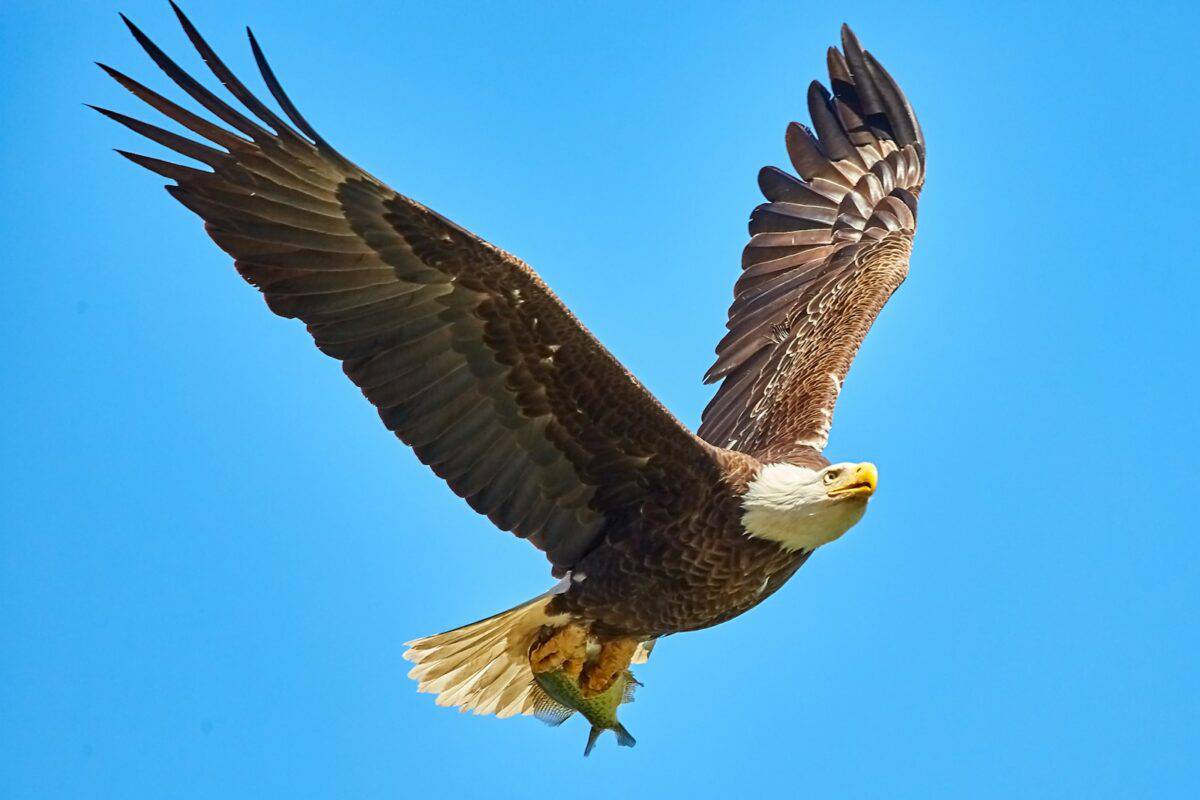
State and federal agencies joined forces with local organizations to create a network dedicated to bald eagle recovery. Sharing resources and knowledge fostered a collaborative environment conducive to their continued comeback.
The Role of Citizen Science

Bird enthusiasts and volunteers have contributed significantly through citizen science projects. Enthusiastic individuals across the nation monitor eagle nests, reporting data that helps gauge these populations’ health and reproductive success.
Current Status From Endangered to Thriving
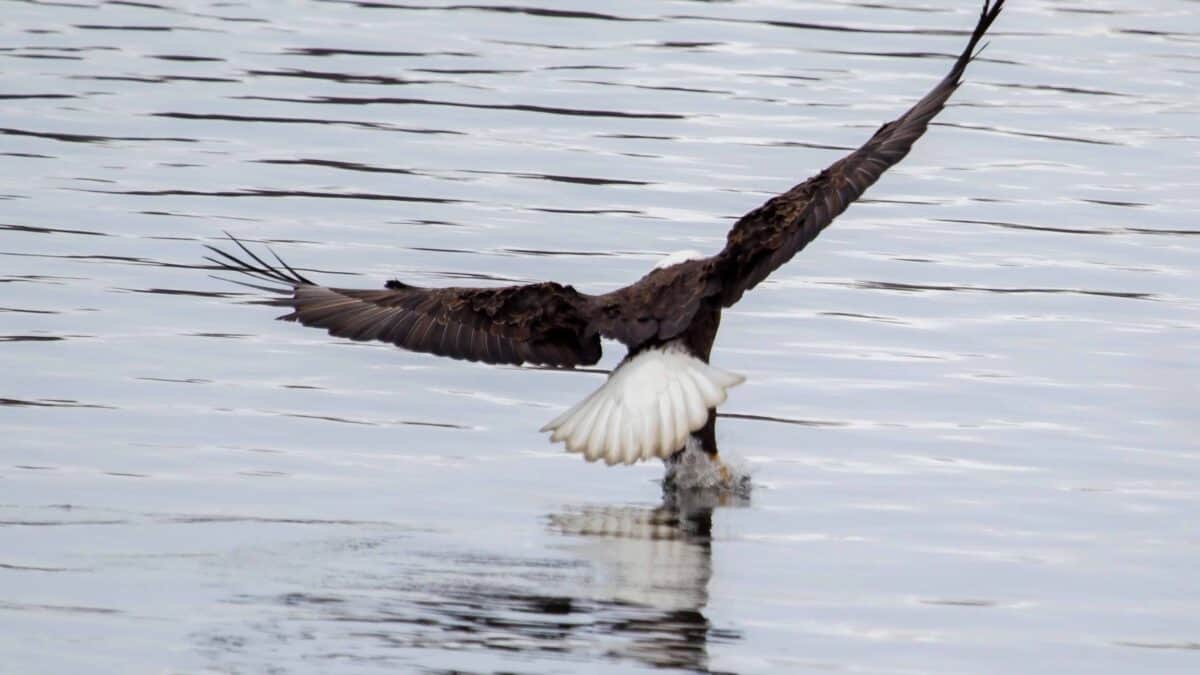
The bald eagle was removed from the endangered species list in 2007, marking a historic victory for conservation. Today, their population continues to grow, with thousands of nesting pairs proudly inhabiting coastal regions, rivers, and large bodies of water.
Ongoing Challenges and Conservation Efforts
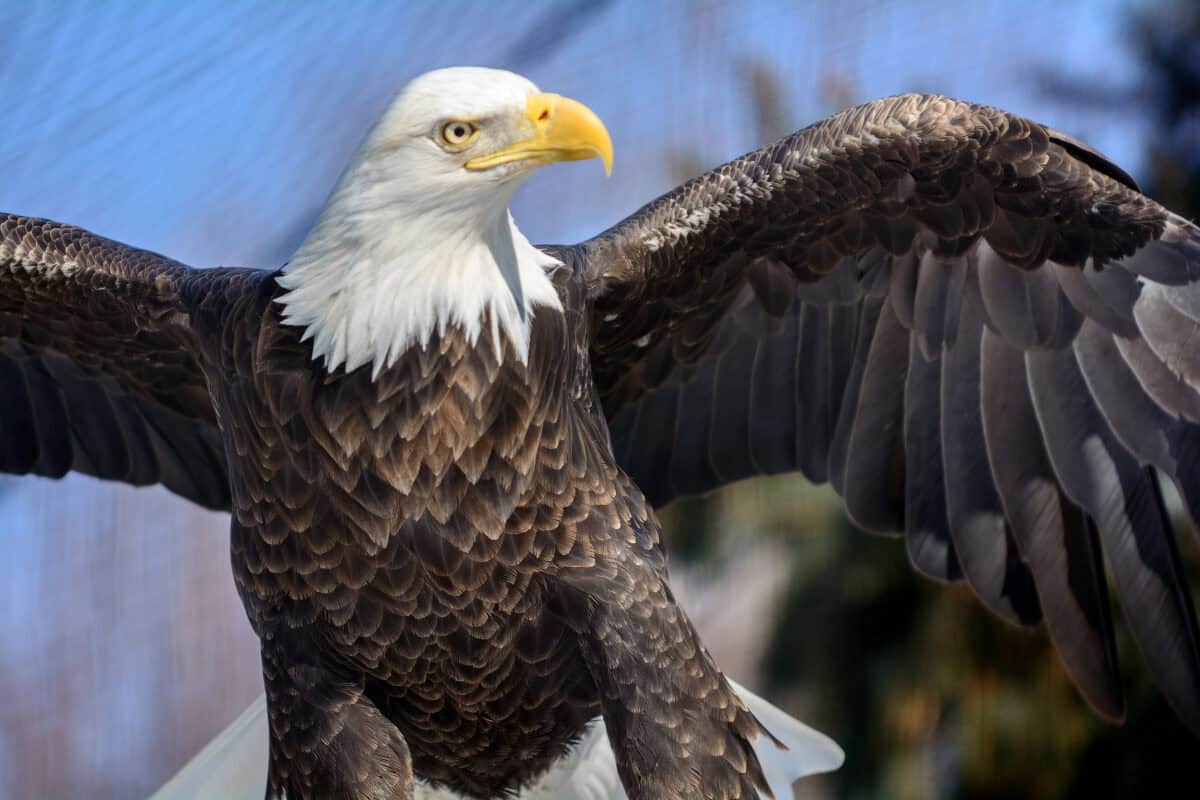
Despite these successes, challenges such as climate change, habitat encroachment, and lead poisoning from fishing tackle persist. Continued conservation efforts and vigilant protection measures ensure these prior threats do not spiral back into full-blown crises.
Conclusion: A Testament to Determination and Hope
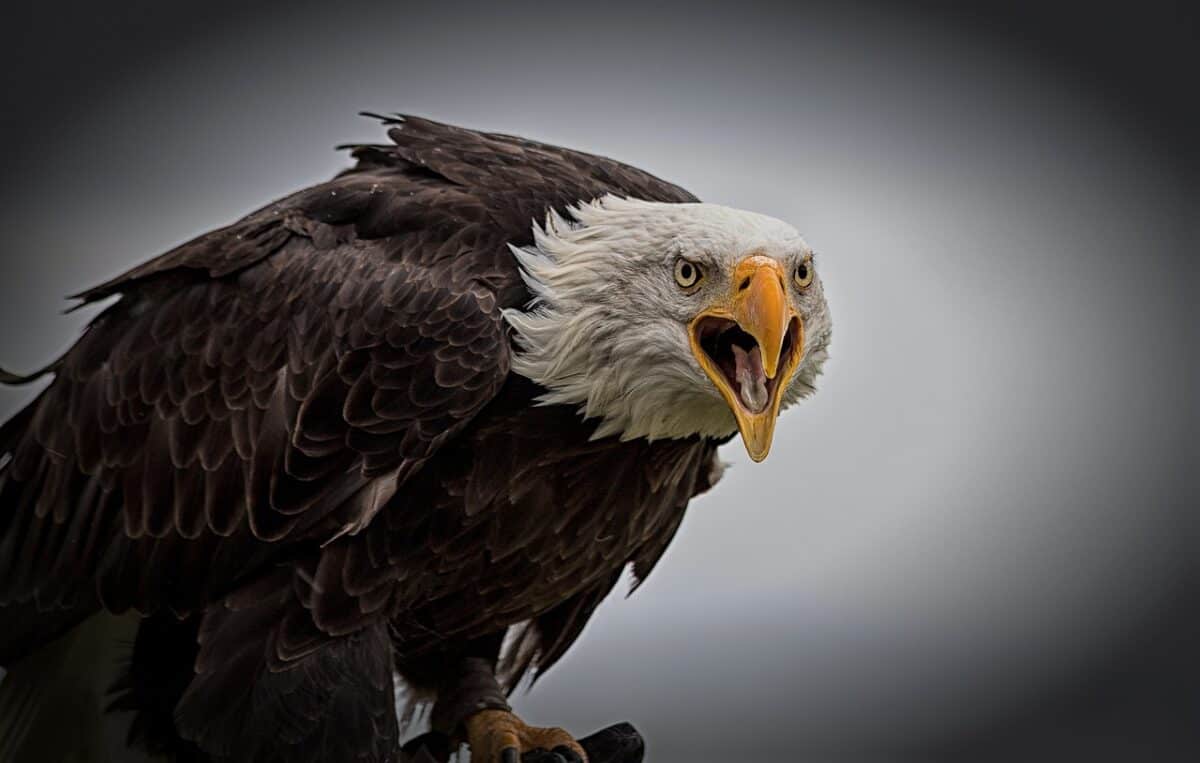
The story of the bald eagle’s comeback is a testament to human dedication and the power of collaborative conservation efforts. Their journey from near extinction to thriving flocks serves not only as an inspiration but as a reminder of what can be achieved when science, policy, and public commitment align for nature’s resilience.
- 10 Animal Species That Are Evolving Right Before Our Eyes - August 11, 2025
- 13 Smartest Fish (and Their Surprising Behavior) - August 11, 2025
- 10 Unbelievable Animal Migrations You Can Witness in the US - August 11, 2025

